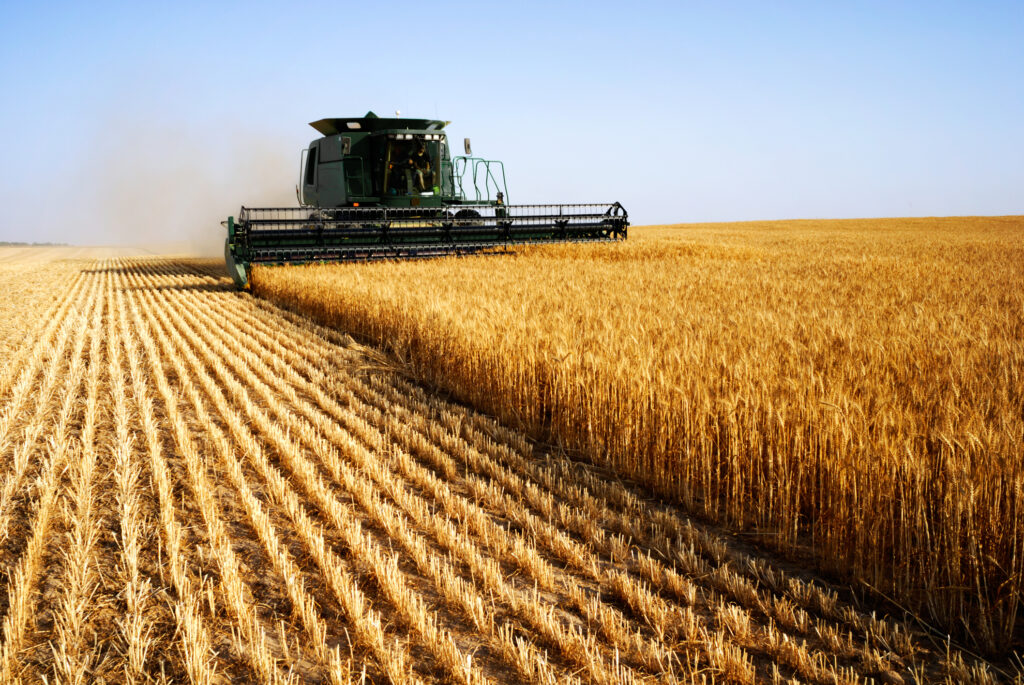Young farmers cashing in on former conservation land

North Dakota farmer Justin Zahradka will plant wheat this spring on 40 acres that had been off-limits for two decades, protected by a government conservation program that is shrinking as high crop prices make farmland more valuable, according to Reuters.
The 18-year-old high school senior leased the land a year ago from a neighbor who opted not to re-enroll it in the federal Conservation Reserve Program (CRP), a scheme that pays farmers and landowners nearly $2 billion annually to leave land idle in order to protect wildlife and the environment.
His acres are part of a total 1.7 percent rise in the number of acres of U.S. field crops that farmers are projected to plant this spring, according to Friday’s annual U.S. Department of Agriculture (USDA) plantings survey.
U.S. farmers tapping conservation land could lift crop acres in the world’s top grain producer to a record next year. The trend could ease food supply fears across the globe at the risk of disrupting wildlife, including bald eagles that migrate across North Dakota.
A growing number of young farmers have been outbid for established cropland in the Midwest. For them, the CRP territory offers a rare chance to join the biggest agricultural boom in a generation, although the land in the conservation program is not the most productive for farming.
This year, contracts covering more than 6.5 million acres worth of CRP land will expire, the second-largest turnover in its 26-year history, according to USDA data.
In total, the amount of land in the CRP has fallen to the lowest since 1988, down 20 percent from a peak of 36.7 million acres in 2007, according to USDA data as of the end of February.
Younger farmers are driving the return, which could take several years to bear fruit as the hard, untilled soil slowly soaks up multiple layers of fertilizer and softens up for cash crops, according to growers and crop specialists. Read more.










